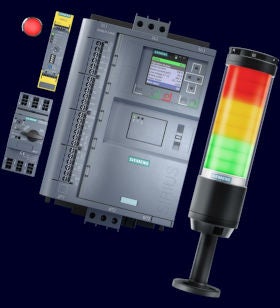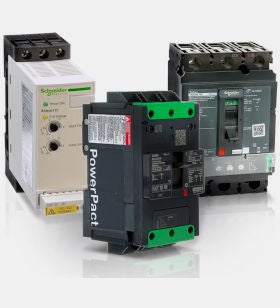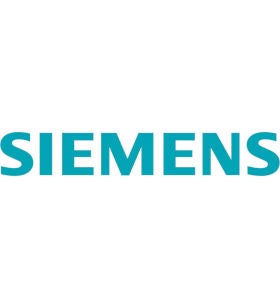Rittal
-
Plants are under increasing pressure to cut costs, adapt to new technologies, and follow sustainable practices. This demand is driving Industry 4.0 and automation is surging and equipment needs are expanding.
Enclosures are the foundation to ensuring operations run smoothly. They protect your electronic controls and equipment to run vital machinery throughout plant operations. However, it is critical to use the right enclosure for the application. Ratings, material types and finishes, and style all play an important role in maximizing the protection of all electrical components inside enclosures.
If you are using the wrong enclosure for the environment, you risk exposing the internal components to hazards from dirt, dust, and debris to chemical and liquid ingress which can cause equipment failure. Understanding the basics of enclosure selection will help in choosing the enclosure that will protect your indispensable equipment and keep operations running.
(1). Ratings
The National Electrical
-
Once you understand the benefits of modular enclosures, you will want to choose them for almost every application. To help you better understand this style of industrial enclosure and overcome common misconceptions, here are some common questions Rittal gets from assemblers and installers.
Can modular enclosures actually support mounted accessories?
Yes! Modular enclosures use a frame-based design for increased rigidity and durability compared with traditional unibody enclosures, which rely on thicker construction material to carry the additional load of mounted accessories like a cooling unit. In addition, because modular enclosures rely on an internal frame system for support, they can be built using a thinner construction material - 14 or 16 gauge sheet steel - that allows for simpler, faster customization like cutouts without the need for specialized tooling.
Even with the thinner material, the frame based design of the Rittal TS 8 still allows for a maximum weight capacity of 3,150
-
In today's manufacturing landscape, production requires 24/7 operations in order to keep up with demand and adapt to changes in consumer preferences. Add in the fact that modern manufacturing takes place in almost any geographic area or environment around the world - many of which are in harsh or extreme climates - and you have a crucible that requires durable, reliable cooling systems for optimized production processes.
However, this is easier said than done, and because manufacturers are asked to accomplish more with less in variant-rich industrial environments, enclosure climate control systems can often go overlooked when designing an industrial automation framework. Just as serving your home air conditioner can help ensure reliable operation all summer, manufacturers can take some similar steps - as well as some macro-level considerations - to help ensure efficient, targeted cooling during the hot summer months and within harsh environments.
Let's look at three steps manufacturers








